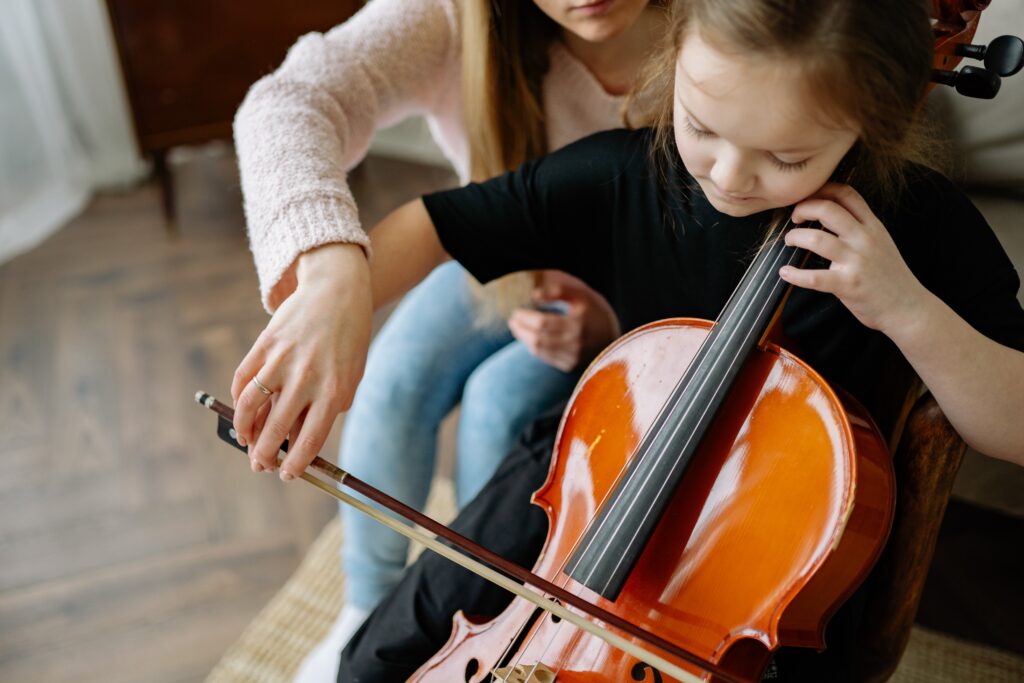The Main Elements in Learning to Play the Violin
- A personalized and comprehensive approach to learning the violin which takes into account the student’s cognitive, emotional and physical aptitudes
- The integration of both the technical and creative aspects of the learning process
Left hand technique
- Left hand positioning adapted to the student’s unique hand and finger characteristics
- Intonation work
- Shifting positions
- Finger fluency development
- Double stops and chords
- Trills and musical embellishments
- Various types of vibratos
- Left hand pizzicato
- String harmonics (flageolets)
Fundamental
Technical
Elements
Right hand technique
- Right hand placement taking into account the position of the shoulder, forearm, elbow and wrist
with special emphasis on the role of the index finger - The development of professional sound extraction
- Precision and efficiency of the bow movement
- Study of all possible bow techniques
Expressive and artistic elements
- A comprehension of dynamic phrasing as it relates to the composer’s artistic goals (this includes an understanding of individual phrases, sentences and parts/movements within
an entire composition) - The development of an interpretive/creative ability while maintaining the composer’s artistic
goals - The development of a rational/objective analysis of a musical piece based on the student’s
auditory self monitoring of their play - How to create stage presence and rapport with the audience
The program is developed in accordance with each students’ specific goals, musical interests and technical capabilities.
Reach out to Gelena!
The Main Elements in Learning to Play the Violin
- A personalized and comprehensive approach to learning the violin which takes into account the student’s cognitive, emotional and physical aptitudes
- The integration of both the technical and creative aspects of the learning process

Fundamental Technical Elements
Left hand technique
- Left hand positioning adapted to the student’s unique hand and finger characteristics
- Intonation work
- Shifting positions
- Finger fluency development
- Double stops and chords
- Trills and musical embellishments
- Various types of vibratos
- Left hand pizzicato
- String harmonics (flageolets)
Right hand technique
- Right hand placement taking into account the position of the shoulder, forearm, elbow and wrist
with special emphasis on the role of the index finger - The development of professional sound extraction
- Precision and efficiency of the bow movement
- Study of all possible bow techniques

Expressive and artistic elements
- A comprehension of dynamic phrasing as it relates to the composer’s artistic goals (this includes an understanding of individual phrases, sentences and parts/movements within
an entire composition) - The development of an interpretive/creative ability while maintaining the composer’s artistic
goals - The development of a rational/objective analysis of a musical piece based on the student’s
auditory self monitoring of their play - How to create stage presence and rapport with the audience

The program is developed in accordance with each students’ specific goals, musical interests and technical capabilities.